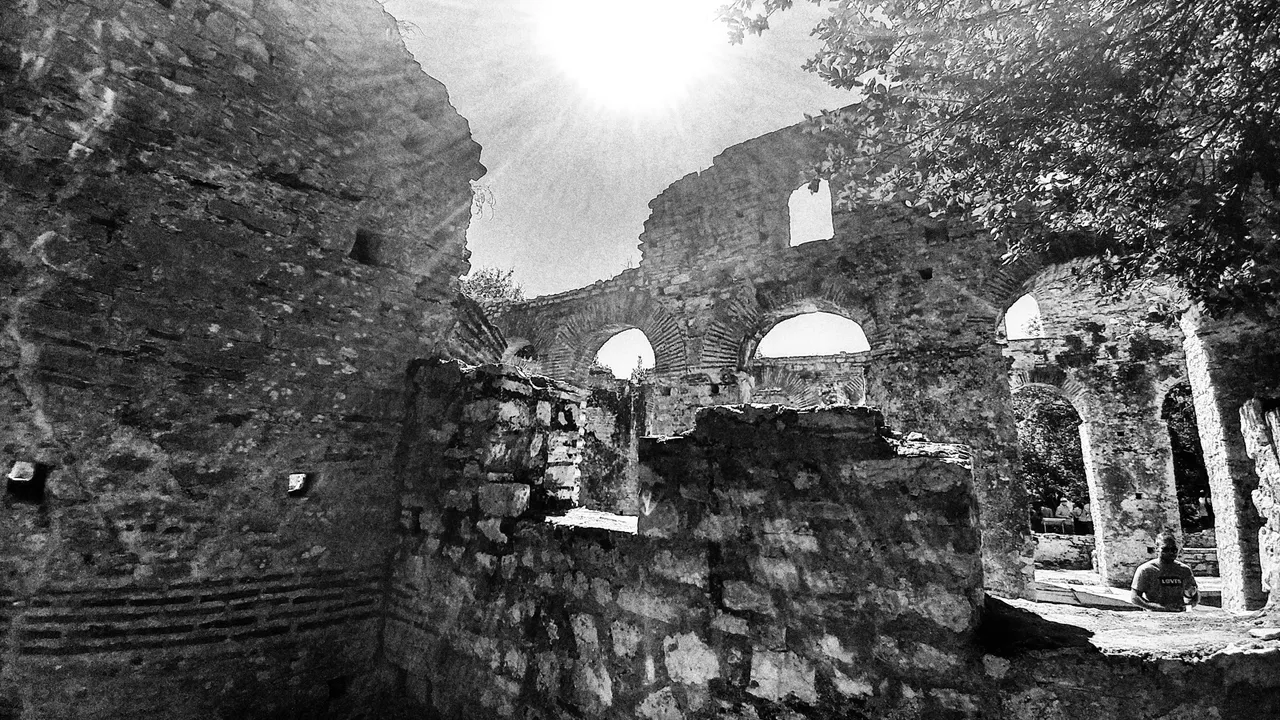
Albania, a small forgotten state on the Adriatic Sea that was sealed off from the whole world like North Korea nowadays in the decades after World War II. No one was allowed in, no one was allowed out. That has changed in the meantime. But still the country with its population of not even three million is a piece of mysterious terra incognita in the middle of Europe. Part 1 of the story is here, part two here, three here and four + five + six + seven
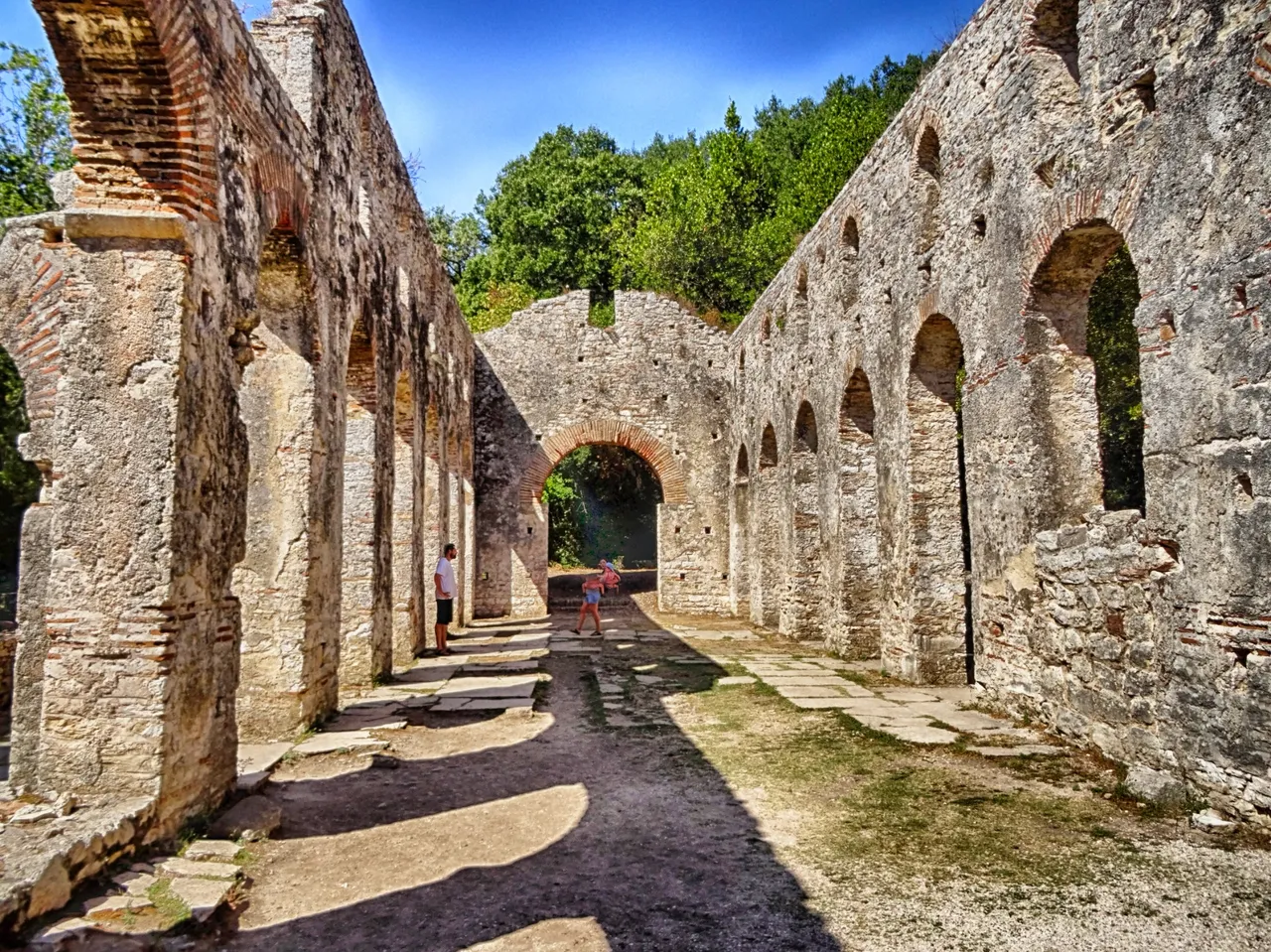 The basilika build on much older foundations
The basilika build on much older foundations
Suddenly you are standing in a place where every blade of grass smells of history. At least it would smell if it weren't so relentlessly hot that all the stalks had dried up. Butrint is a very small place in the very south of Albania, which is located on a peninsula and has made it very famous, at least by the standards of a country that had to live in strict isolation from the whole world for an entire generation.
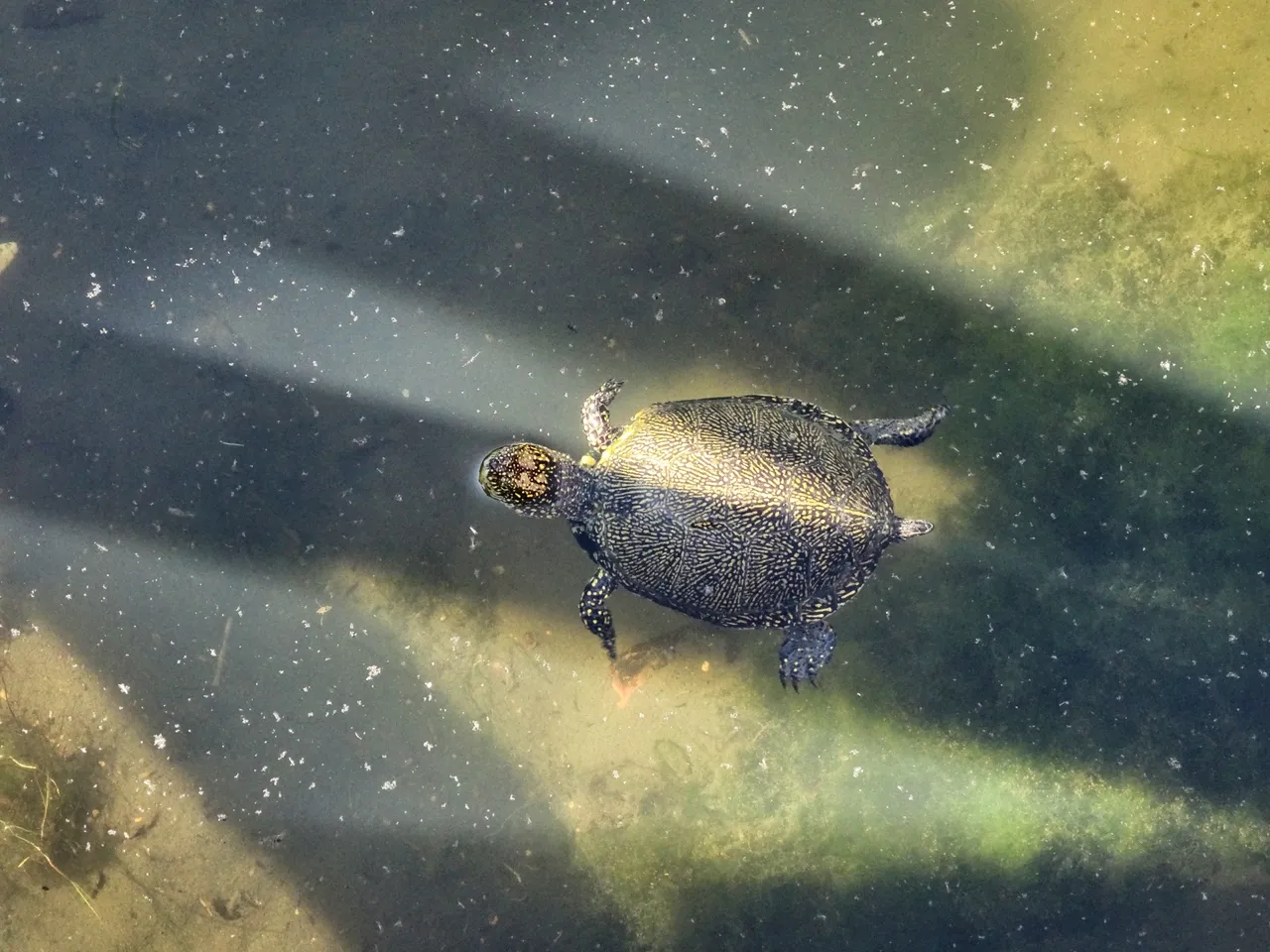 A turtle in the Trojan's pool
A turtle in the Trojan's pool
Nobody really knows the founding history of the ancient city of Butrint, a whole mountain of secrets bulges behind the legendary Lion's Gate, which was built in gray and is still in very good condition today.
Home of many kings
Butrint, like so many places in Albania, was under frequently rule of many kings. The Greeks once ruled here, but also Romans, Venetians, Ottomans, Byzantines and a few other tribes and peoples. Butrint has officially belonged to Albania since independence in 1912. But peace did not return to the ruined city at that time either.
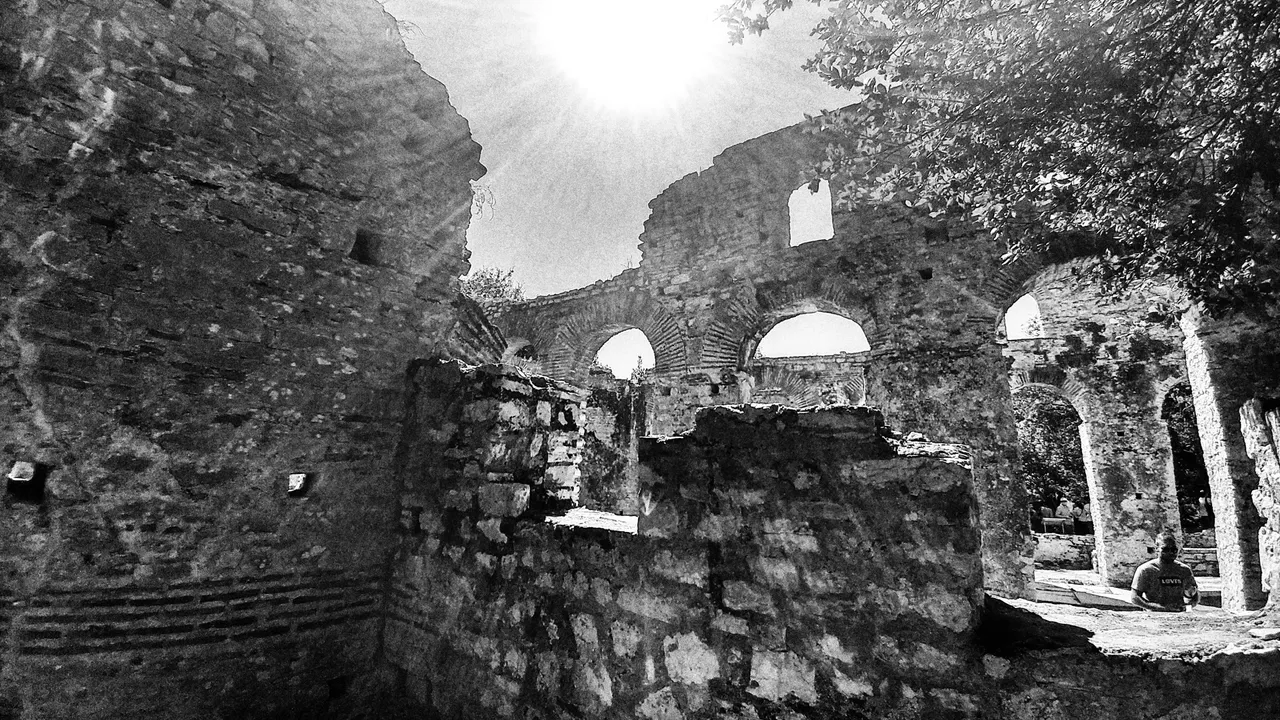 Mystic light on a mystic place
Mystic light on a mystic place
In 1928 an Italian archaeologist began researching the ruins at Butrint, and on that mission the first museum was opened two years later because so much was found in a short amount of time. However, there was always war or civil war or something similar in Albania. The many unrests, which did not spare the place that seems so peaceful today, repeatedly caused excavation stops by the missions of different countries.
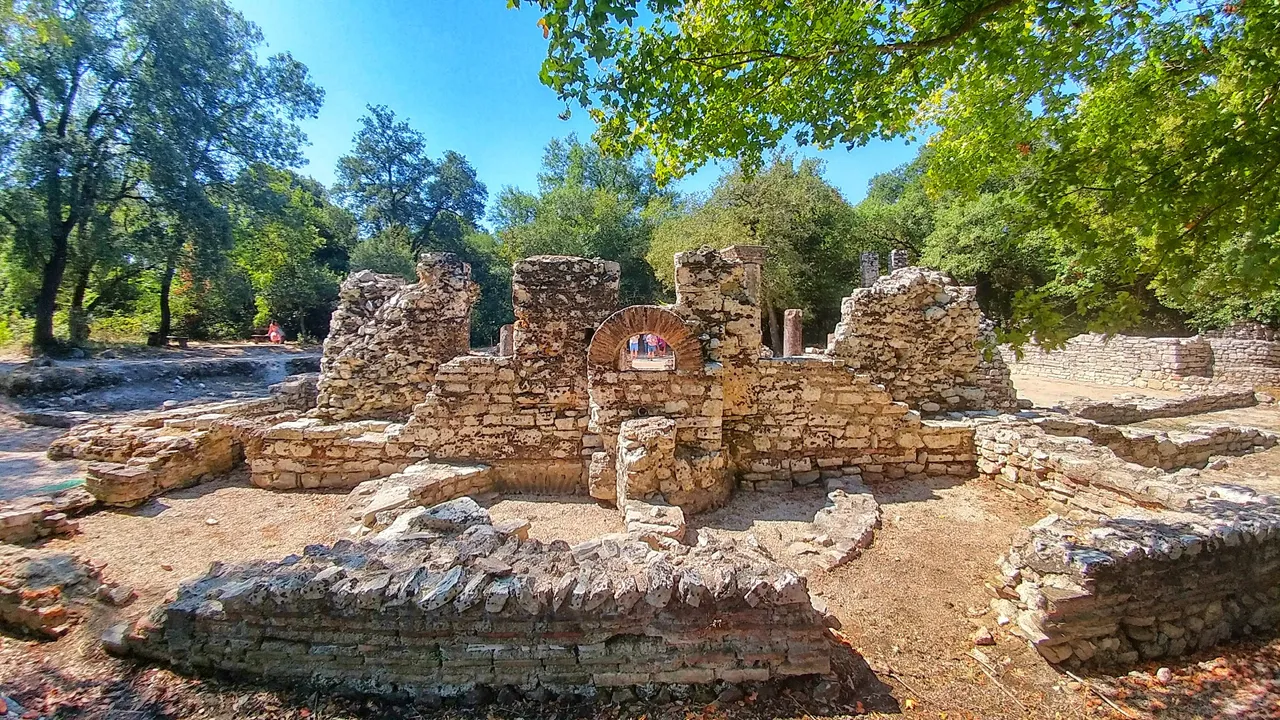 It's been 2000 years since the Trojans made history here
It's been 2000 years since the Trojans made history here
Countless treasures
Most recently, the museum with the countless treasures from two millennia was plundered during the civil war-like conditions after the so-called lottery-wars, when the Albanians realized that a huge snowball scheme had robbed most of the country's residents of all their savings within a few months. Luckily, many items have since been returned, but many are still missing, sold by strangers and gone forever.
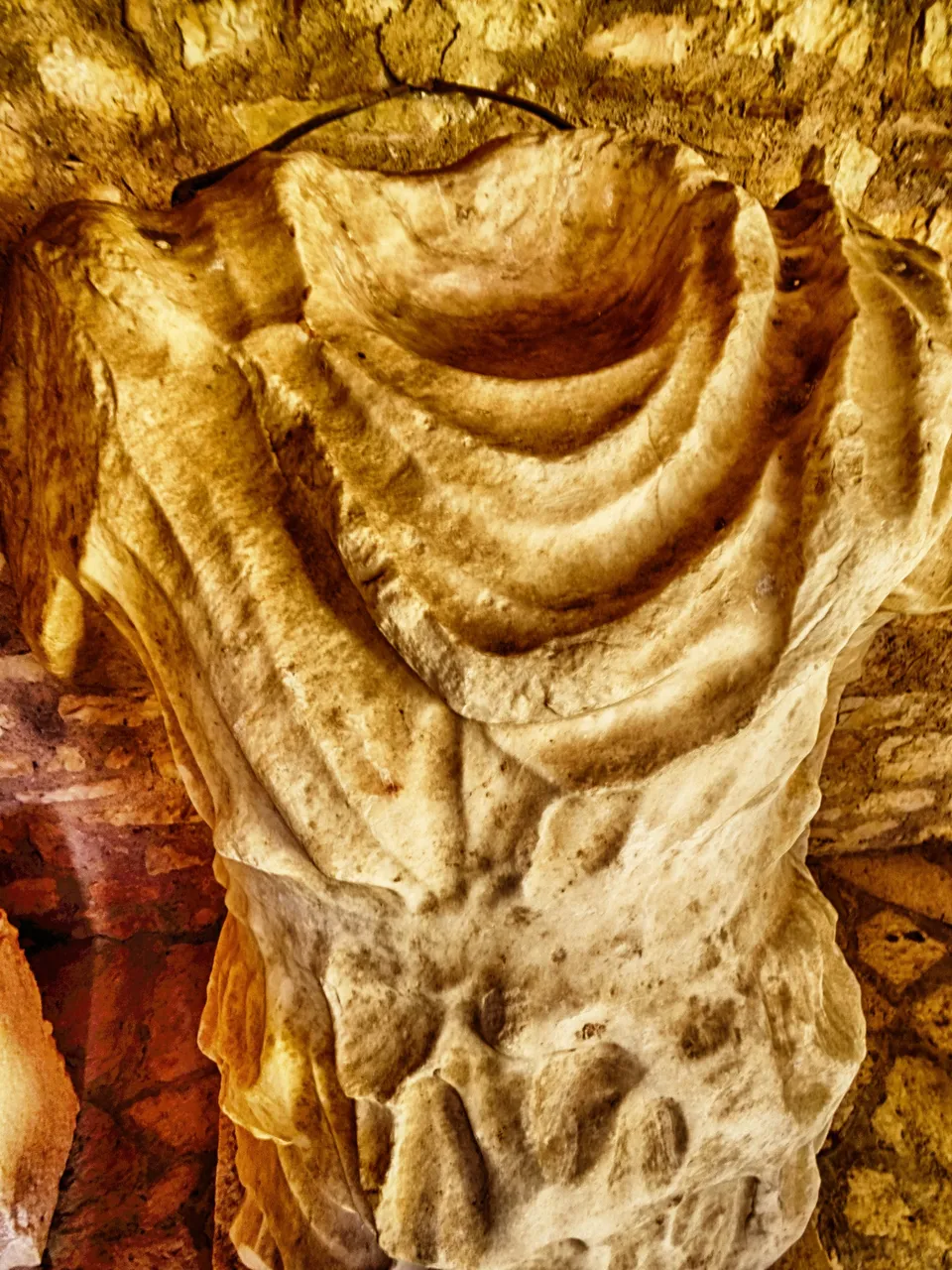 The sculptors of earlier times knew what beauty should look
The sculptors of earlier times knew what beauty should look
In the fragrant eucalyptus trees, with the chirping of crickets in the air and a warm wind from the sea, there is no hint of these faults. Butrint offers a journey through all epochs of human history. Here, not only are the stones piled up to form impressive backdrops, entire ages have also gathered here in a picturesque ruined city.
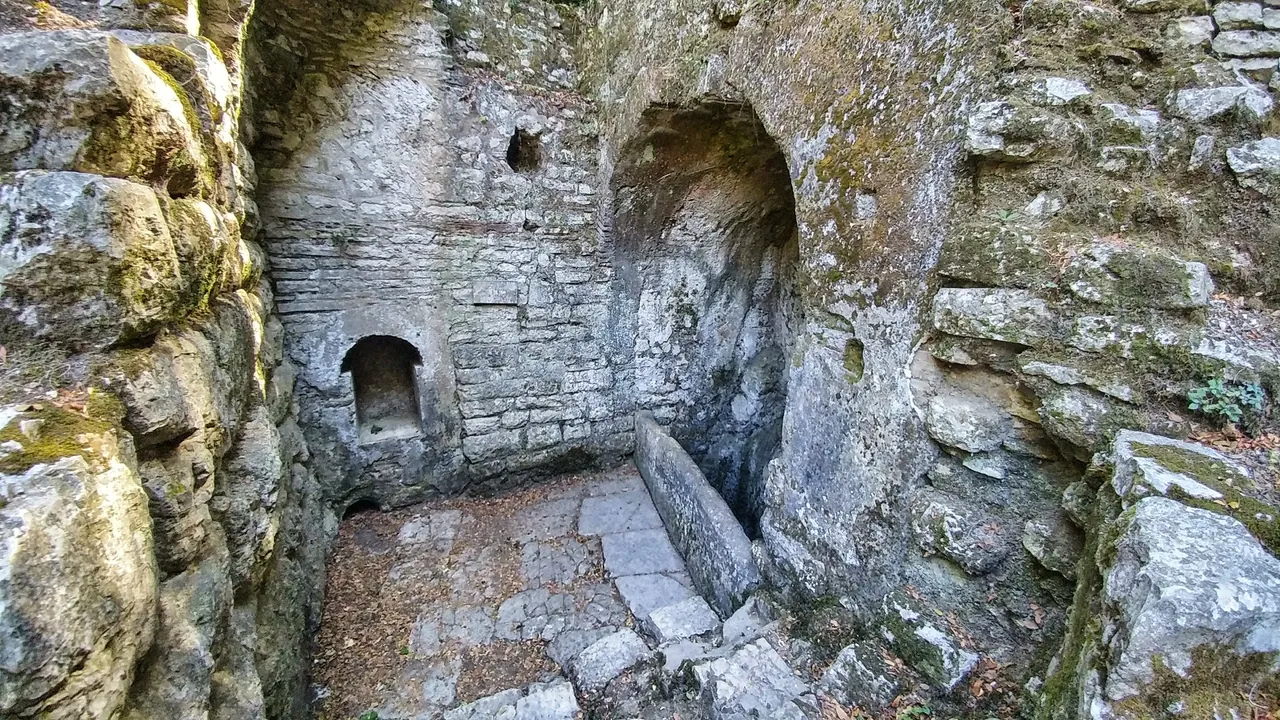 Stone walls from anciert times
Stone walls from anciert times
There are traces of long-gone cultures: the black-figure pottery of the Greeks, the early Christian mosaics of the baptistery and an amphitheater that, like the remains of housing estates and aqueducts, owes its existence to the Romans.
Into the National Park
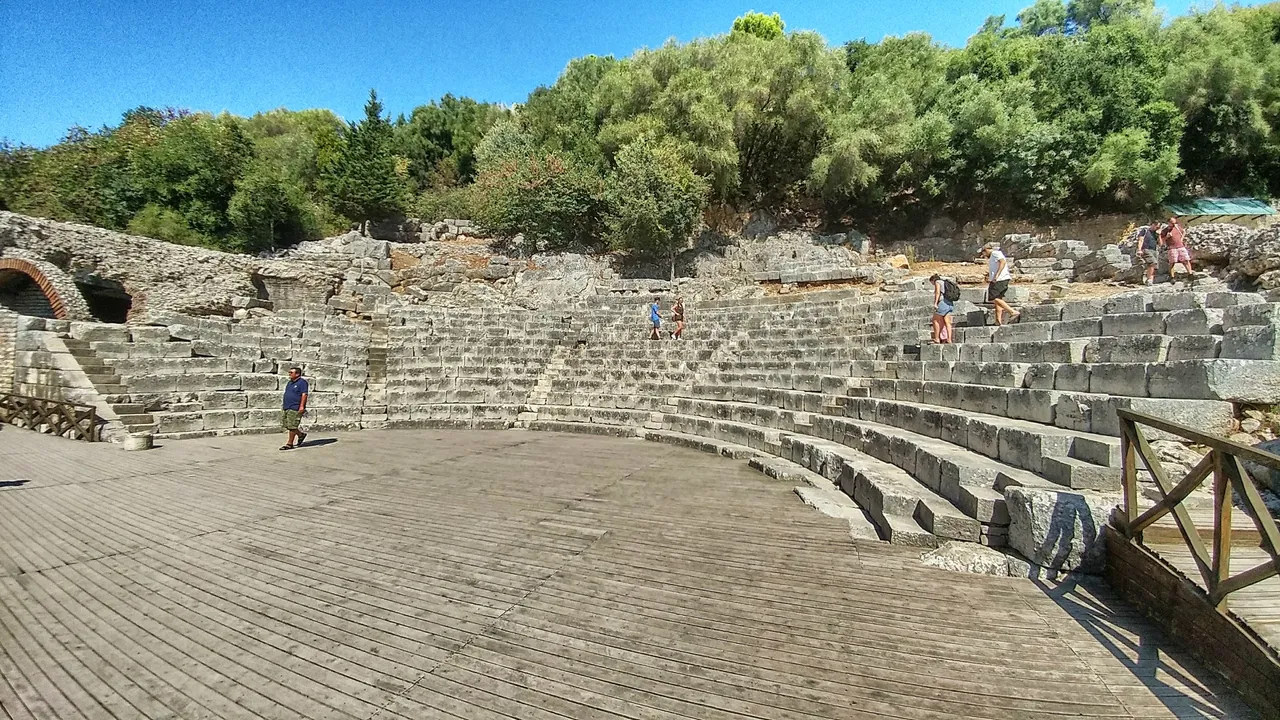 The huge amphitheater the romans left in Butrint
The huge amphitheater the romans left in Butrint
The site is relatively large and it is in the middle of the forest, so luckily the site offers plenty of shade once you have immersed yourself in the story. The excavation site and large parts of the surrounding water areas now belong to the Butrint National Park, the center of which is an amphitheater that bears witness to the greatness of the past.
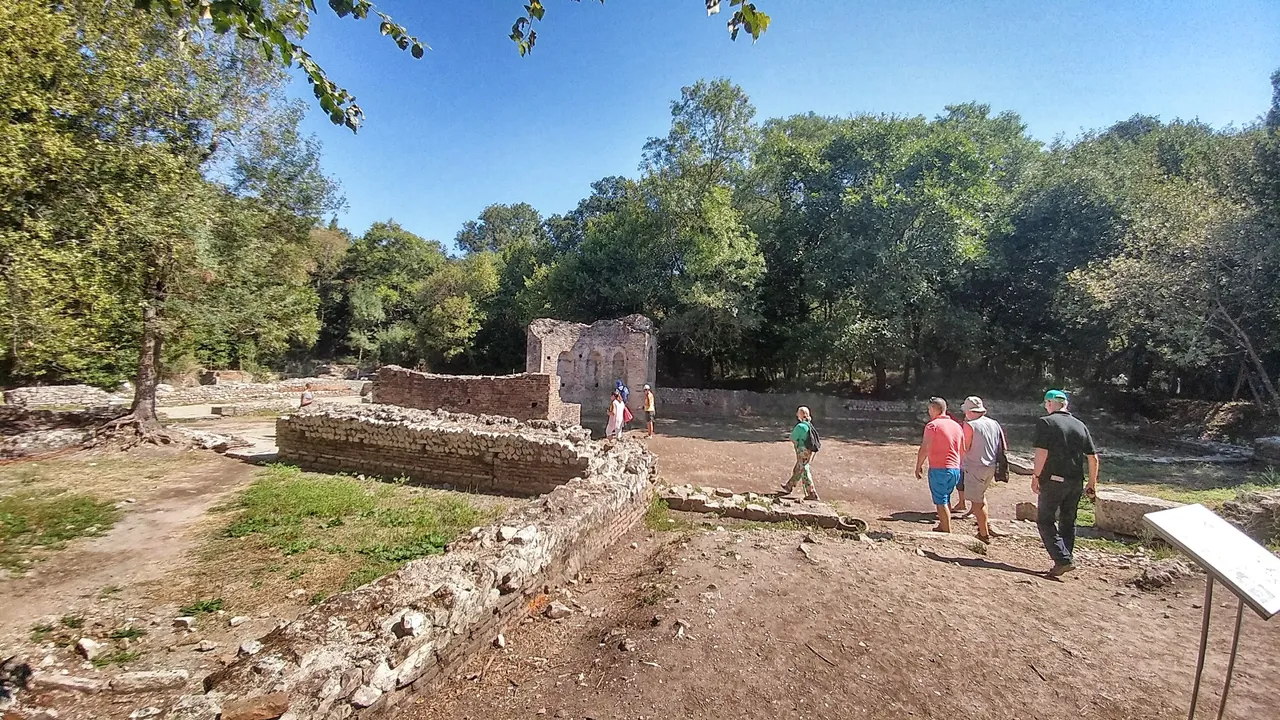 Walking the forgotten times
Walking the forgotten times
A small ferry also takes cars across the small Vivar canal as there is no bridge connecting the mainland to Butrint and the tip of the peninsula. That was probably a reason why people settled here earlier. In an area that was always contested, the water provided some protection from invaders.
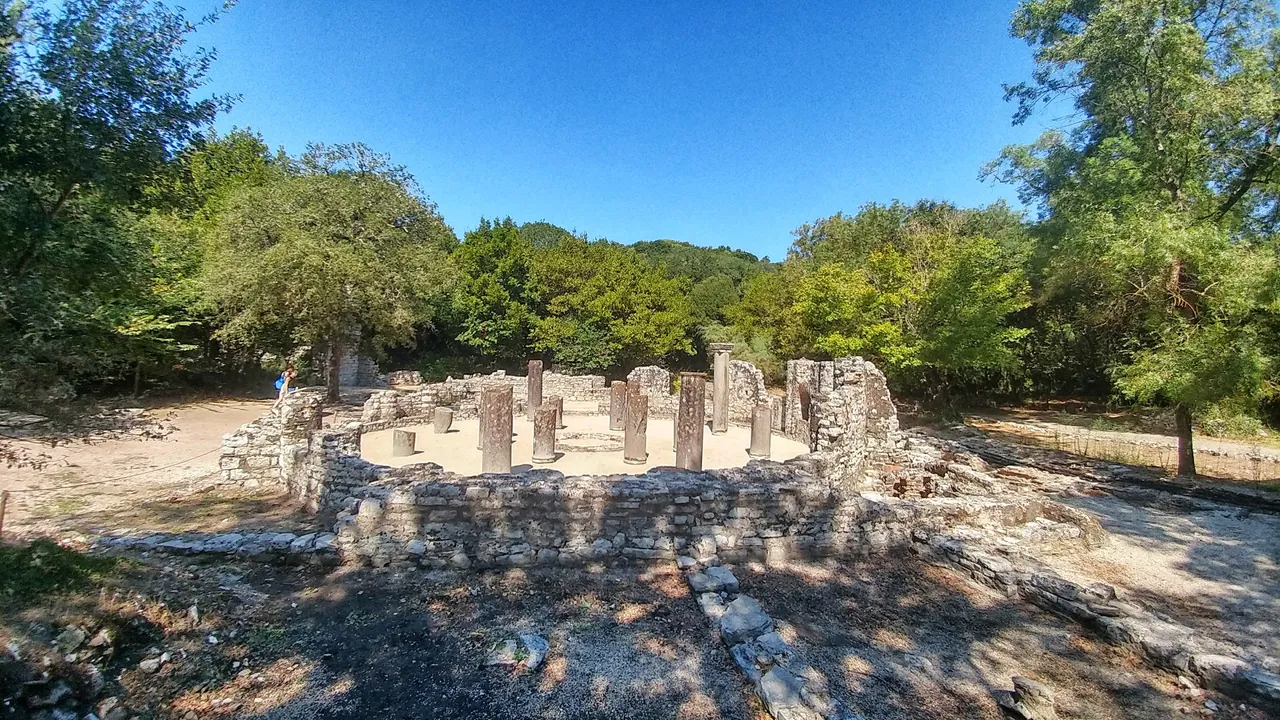 A church? A temple?
A church? A temple?
The early residents could then loll undisturbed in the thermal baths from the 2nd century, 1,200 years later the Venetians built a castle here, which in turn was rebuilt 800 years later after it had been destroyed. The design leaves no doubt as to where the Löwentor got its name from. It also quickly becomes apparent that heathens, Christians and Muslims have all been at home here.
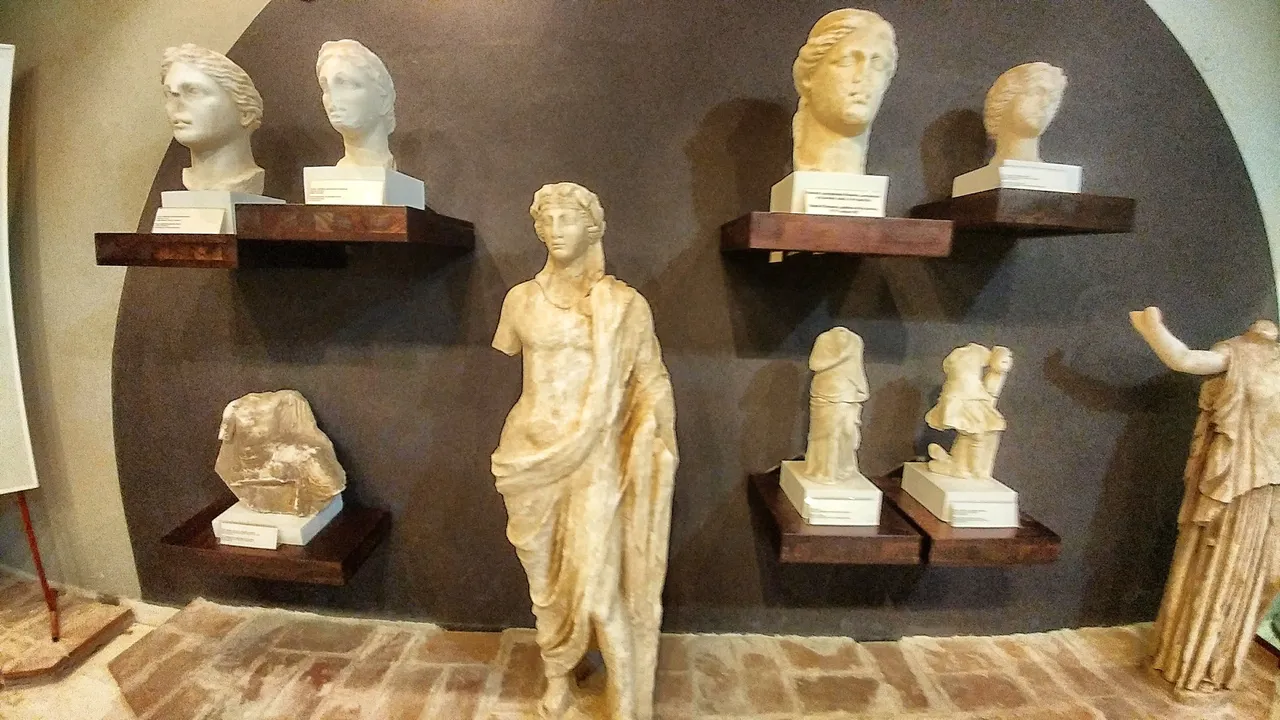 Some of the stolen things from the Lotto wars are back in charge
Some of the stolen things from the Lotto wars are back in charge
Parts of time in the museum
There is a 6th-century baptistery whose beautiful mosaic floor has been preserved - at least in parts that can be seen in the museum.
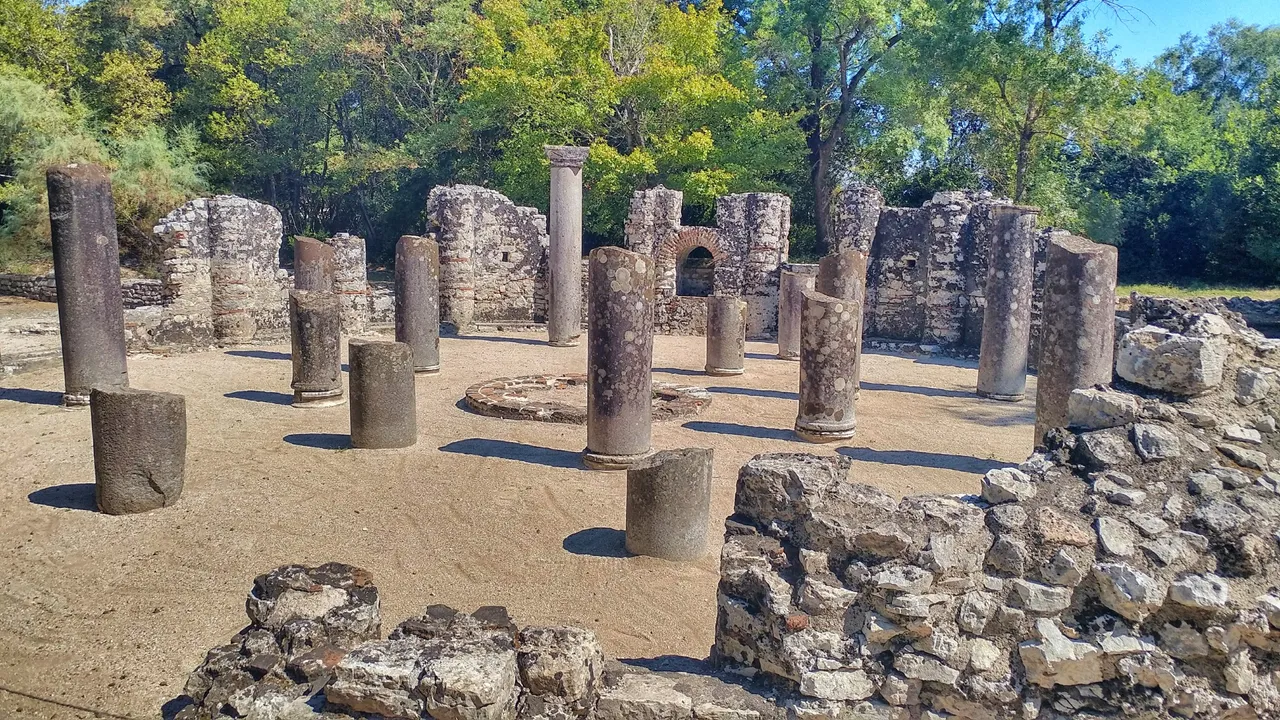 Columns like on a columns graveyard
Columns like on a columns graveyard
Next to it is a large basilica, a place of worship from the early Christian period, built in the 6th century. Other parts of the complex have almost disappeared from sight over the centuries. Part of the defensive wall and its buildings are hidden in the forest, which the Romans did not yet have.
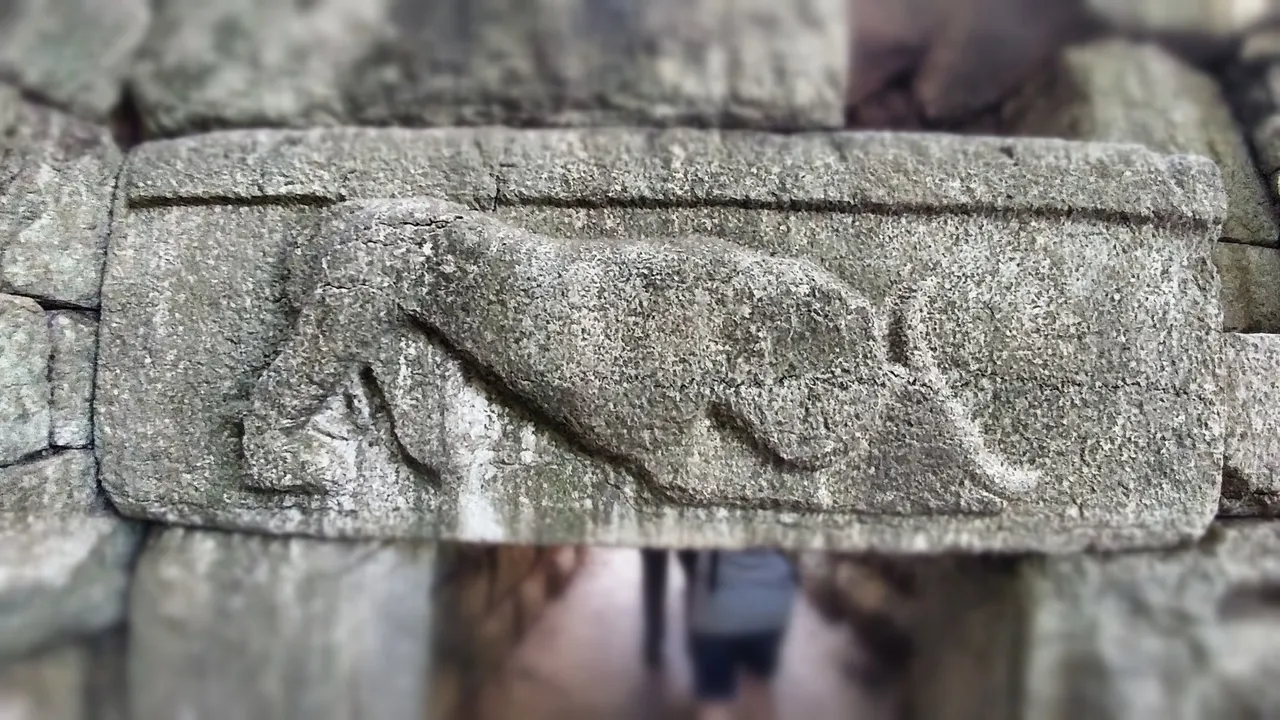 The lion made of stone on the gate
The lion made of stone on the gate
But the lake from back then is still there, a bright blue water that lies between green hills and still looks as if a few legionnaires could come riding around the corner at any moment. How they lived and lived can be seen in a Roman apartment that became part of the Titrikon Palace in the 5th century. Trojans and Hellenes, Romans and Venetians have lived here and now tourists are groping around here.
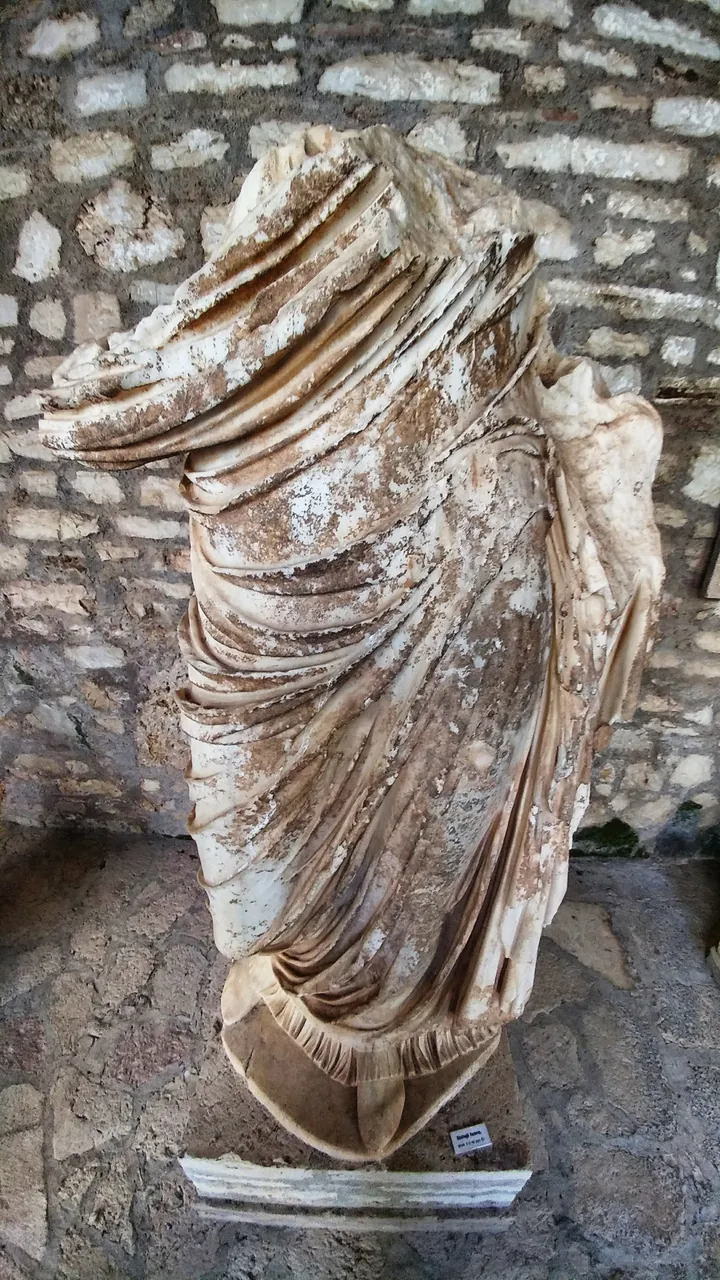 A roman statue
A roman statue
Back thousands of years
One feels transported back thousands of years, like Aeneas, who, after a long flight across the Mediterranean, landed in Butrint with his expelled Trojans. Legend has it that Helenus, son of the Trojan king Priam, fled to Butrint with his sister-in-law Andromache after the fall of Troy and built a replica of ancient Troy here, with rivers of the same name and a castle above the city.
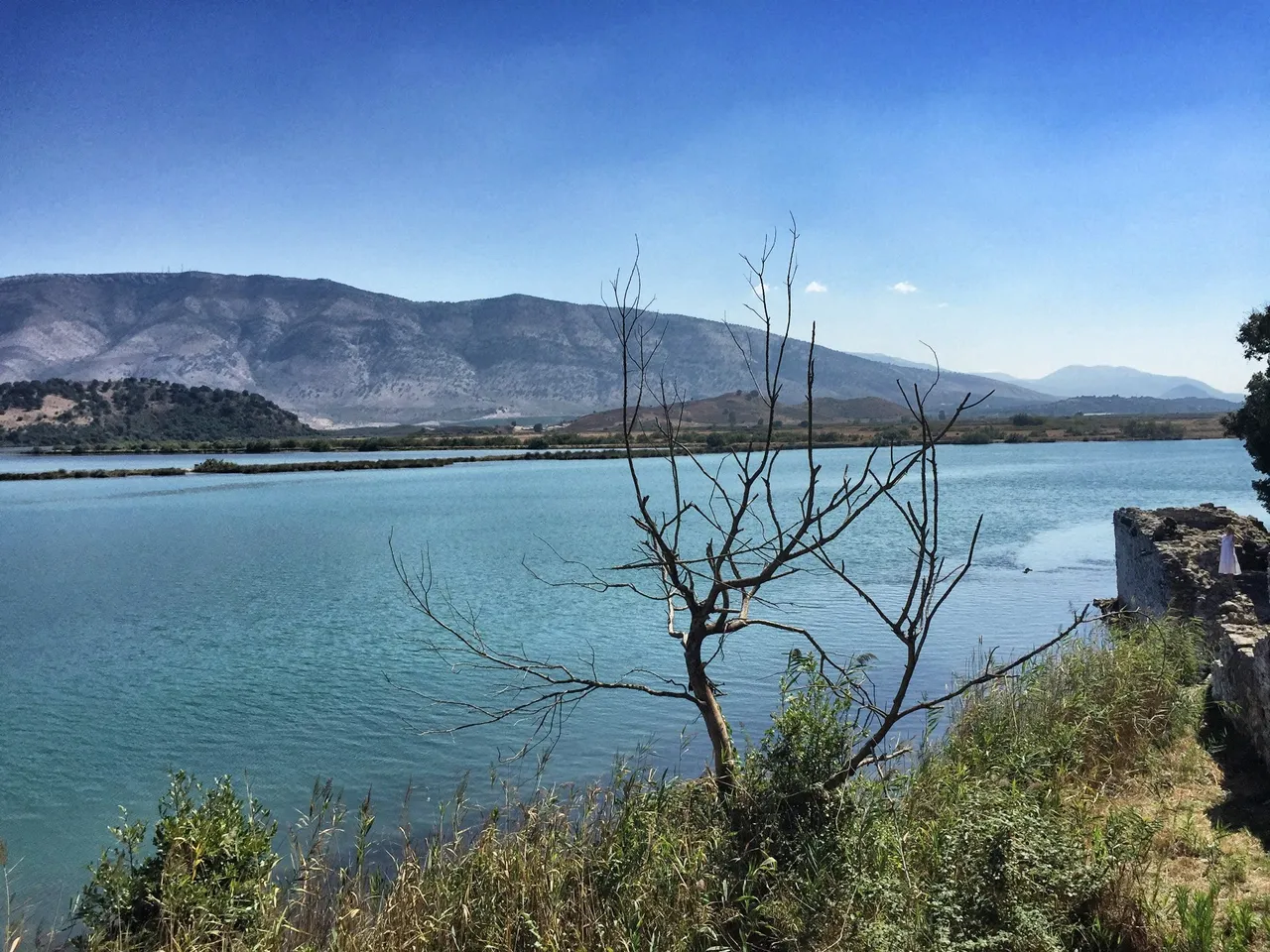 A view on the lake from above
A view on the lake from above
The Roman poet Virgil has Aeneas report: “Forward I stepped, then suddenly saw a small Troy, similar to the once large one, a dry river bed called Xanthos, then, throwing myself down, I embraced the threshold of the Skaian Gate. The friends also greeted the little town, which was most closely connected to them, with great affection.
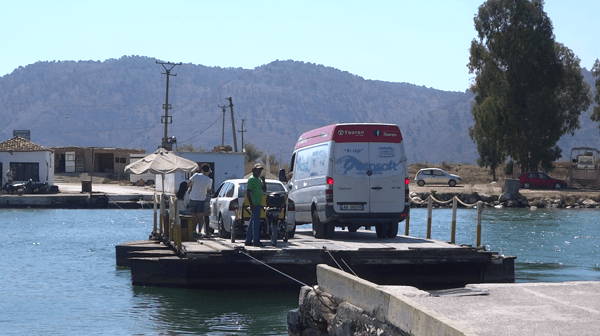 The swett small ferry
The swett small ferry
Drinks from golden cups
The king, so the story tells, received them hospitably in the wide castle courtyard. There they offered libations from "Bacchus cups, food on golden bowls, consecrated sacrificial vessels." Nothing of this for us, only a cold coke. If one is honest, evidence from the 8th century BC is really no longer recognizable. But the Greek and Roman ruins of the theater and the thermal baths impressive enough for a memory you won't soon forget.
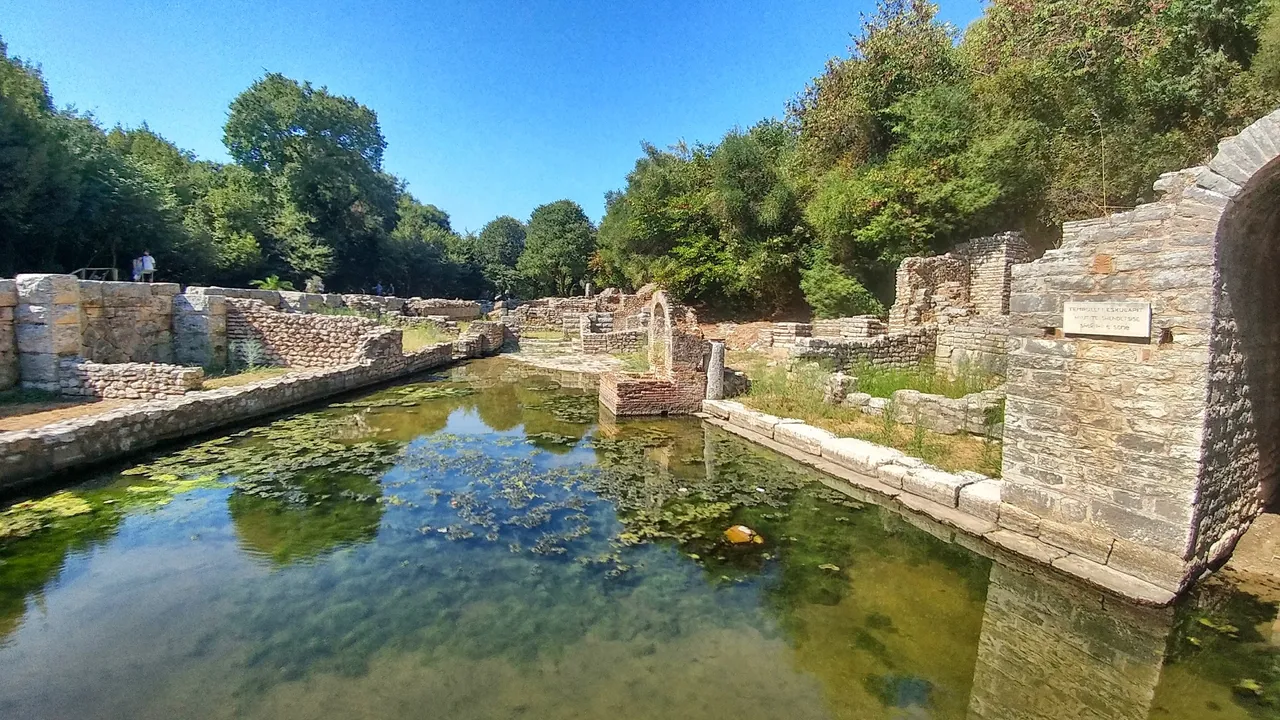 The only creatures who lived here now are turtles
The only creatures who lived here now are turtles
Thank you for reading and if you like my work please follow me on Hive, Travelfeed or Steem or visit my homepage koenau.de
A few more pictures for you:
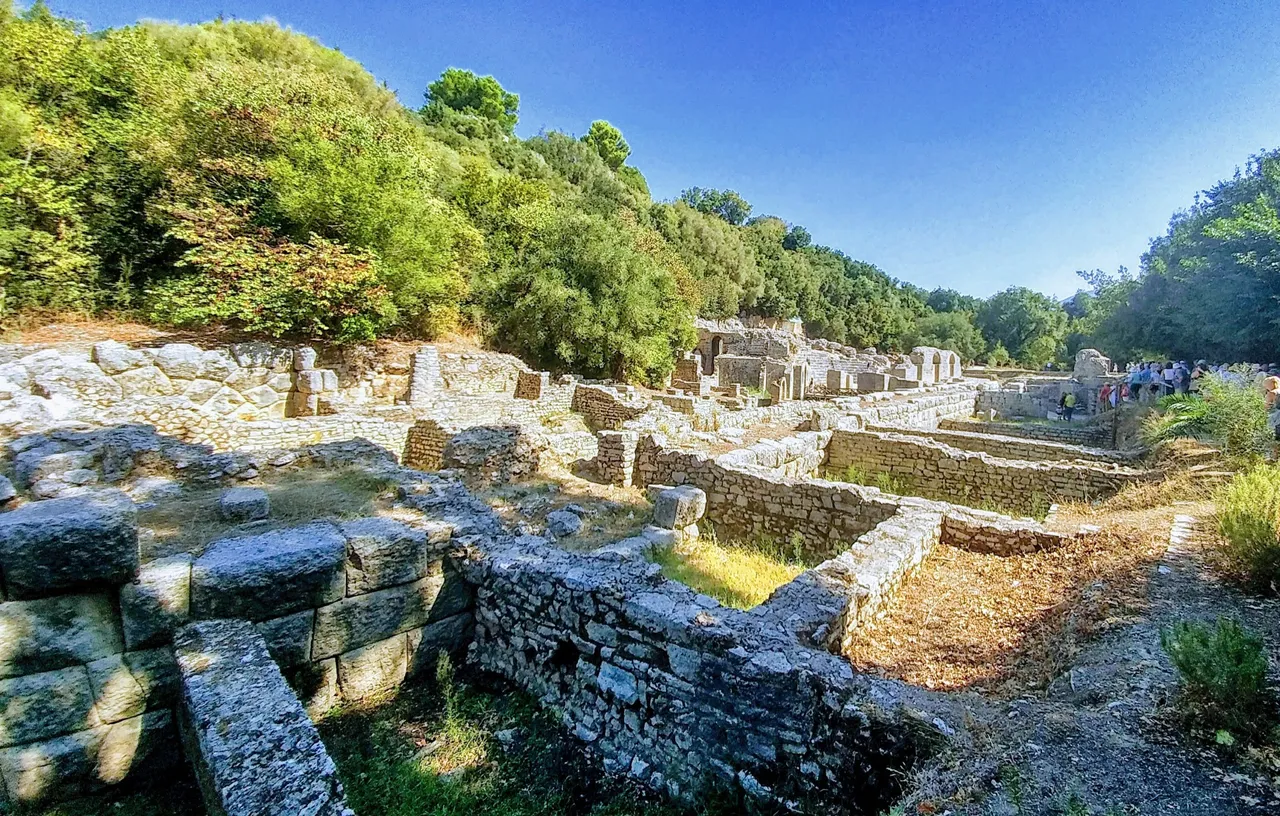 Between this walls the Trojans lived
Between this walls the Trojans lived
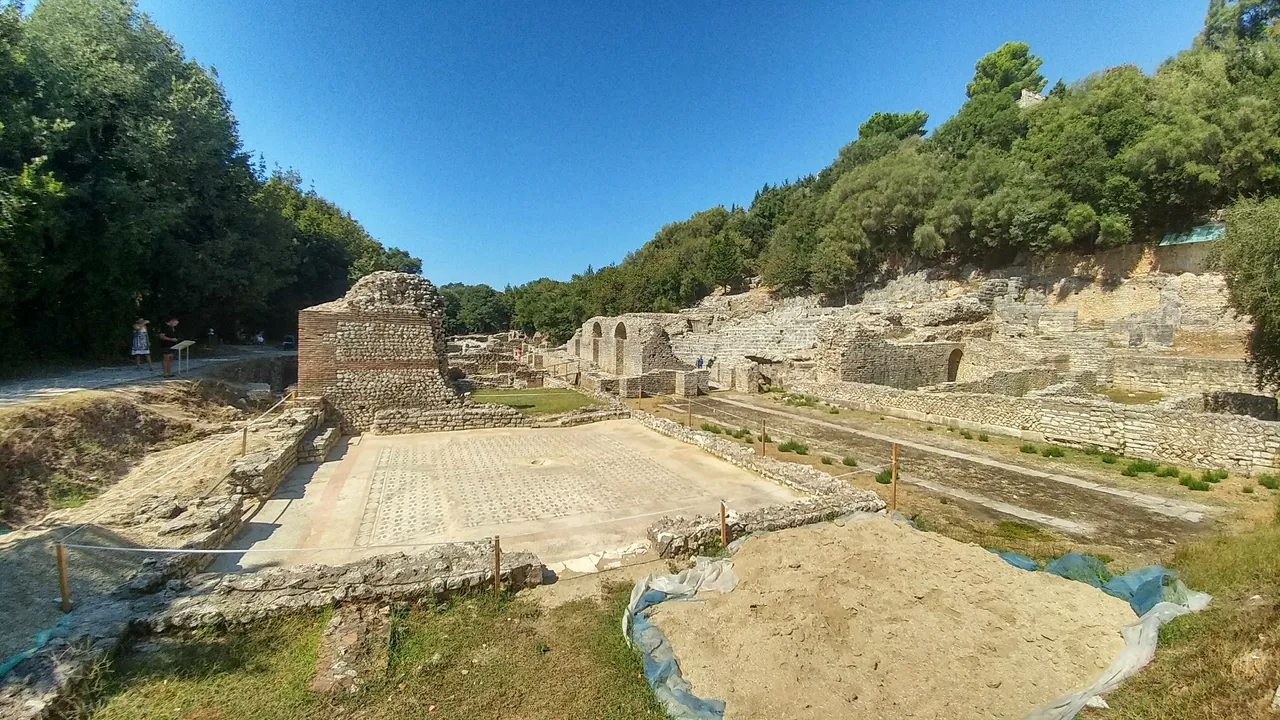 In the middle of lush green are endless old walls, infinitely old
In the middle of lush green are endless old walls, infinitely old
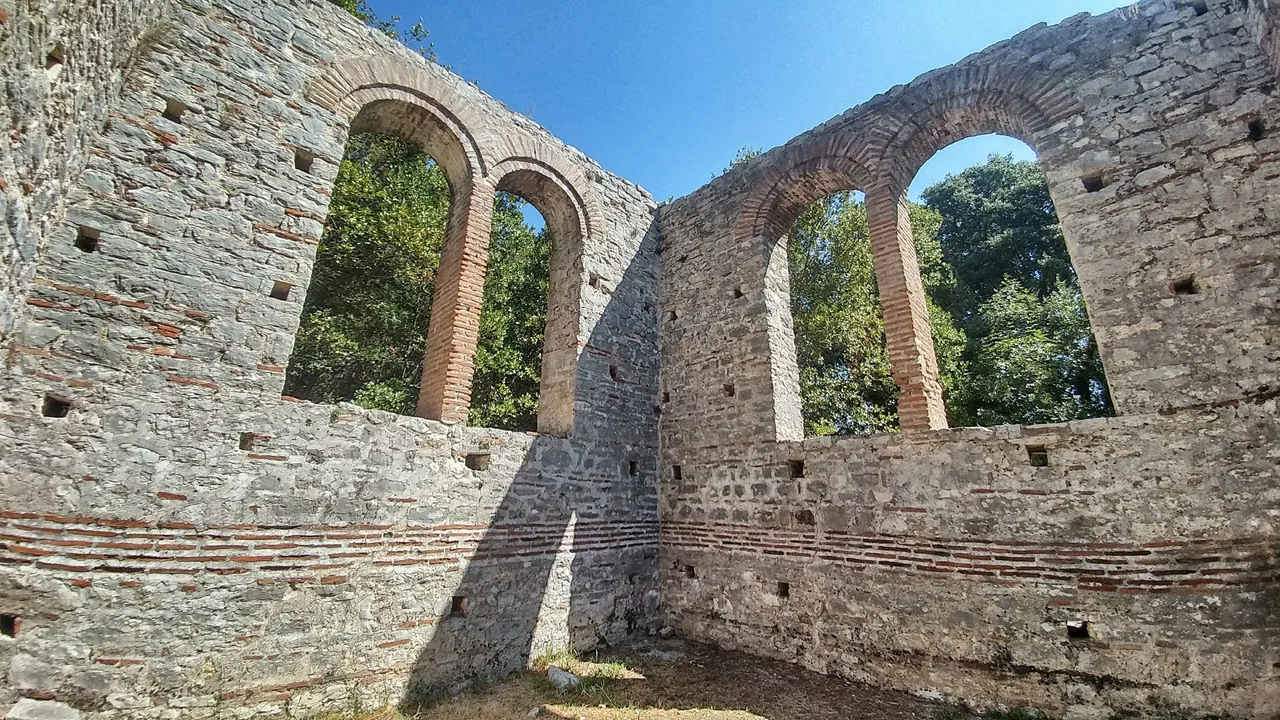 No rooftop, but stable walls
No rooftop, but stable walls
 A mosaic from the roman age
A mosaic from the roman age
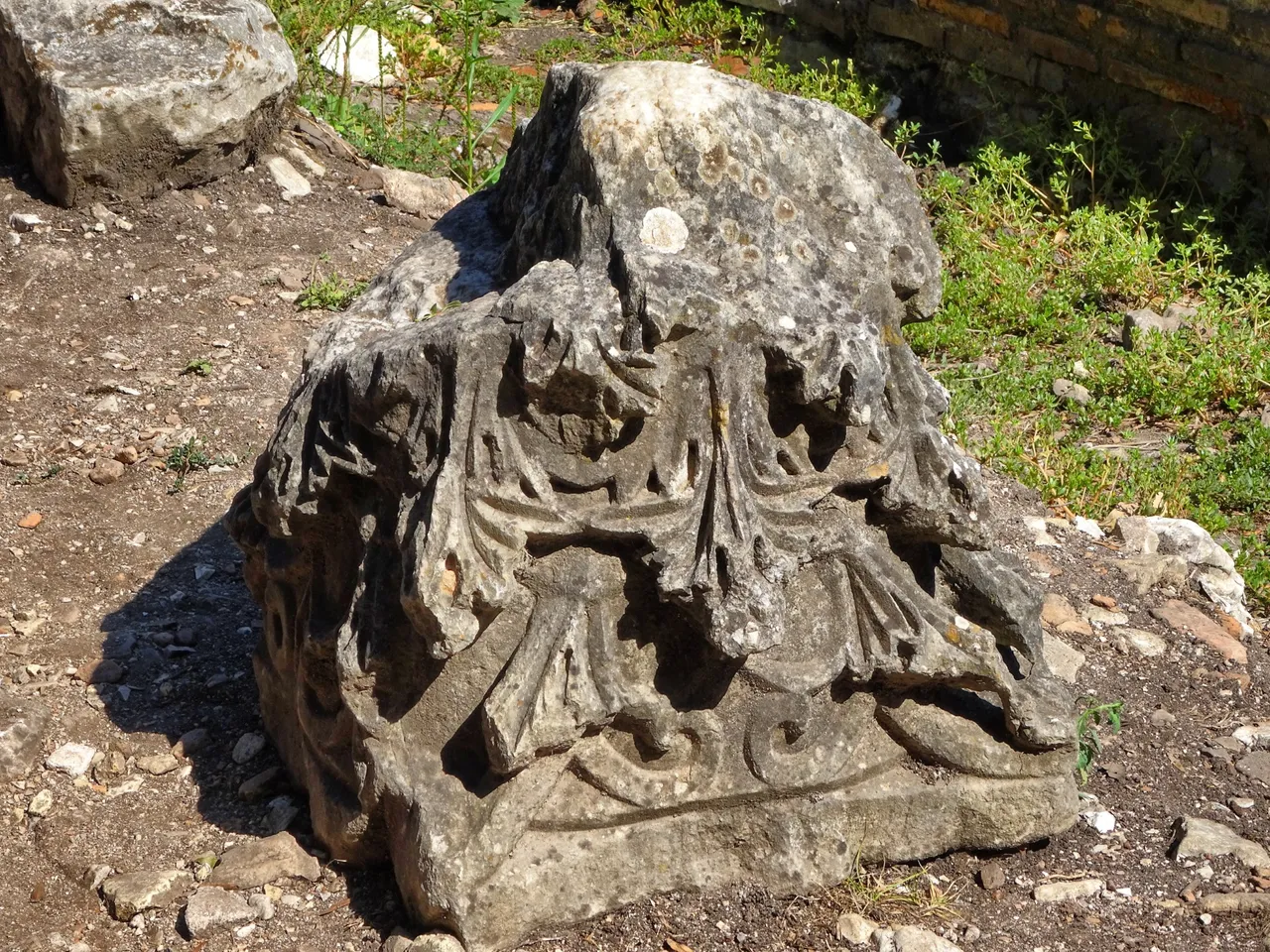 The rest of an ancient column
The rest of an ancient column
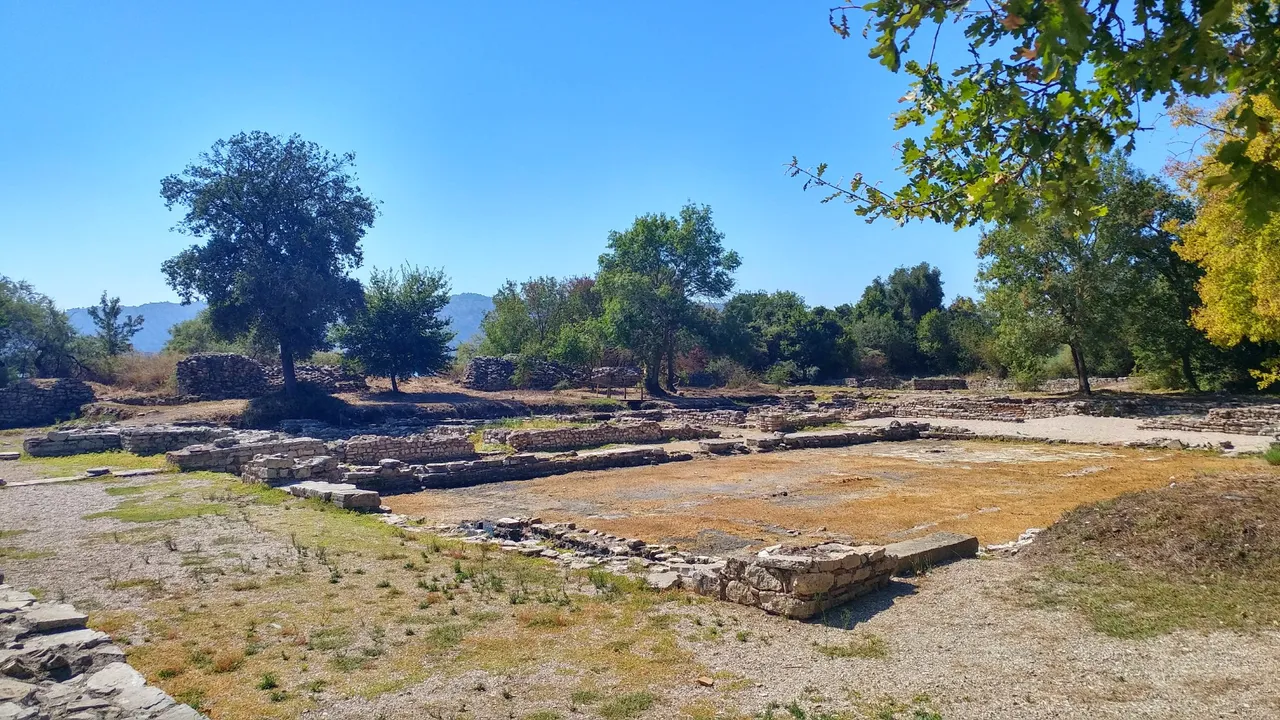 Some walls can only be guessed at
Some walls can only be guessed at
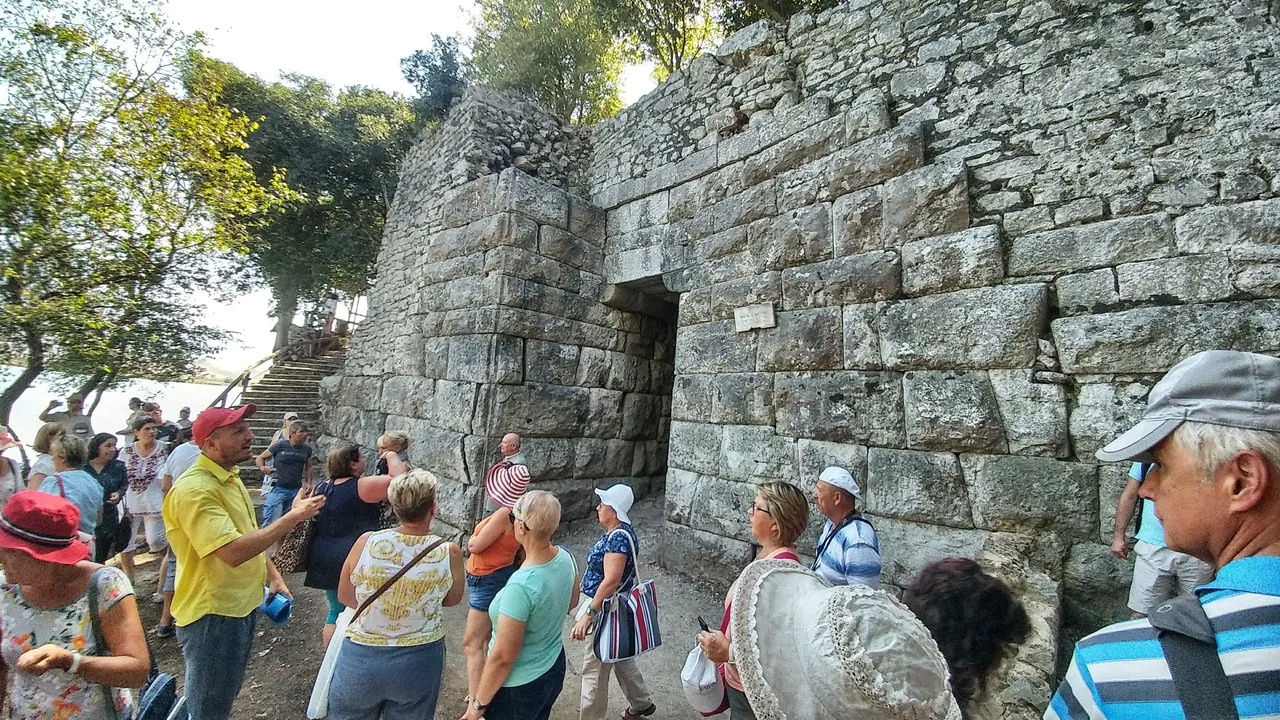 Tourists near the lions gate
Tourists near the lions gate
 The remainings of the cathedral
The remainings of the cathedral
 The castle in black & white
The castle in black & white
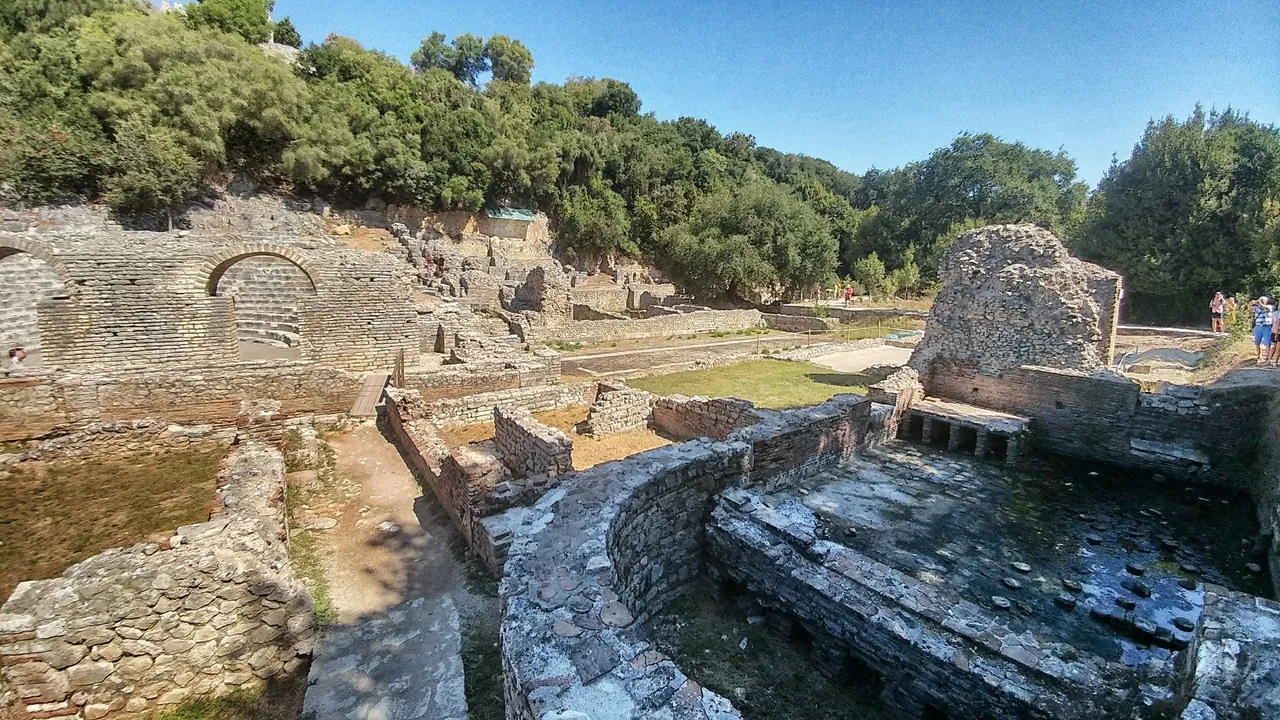 Ruins all around
Ruins all around
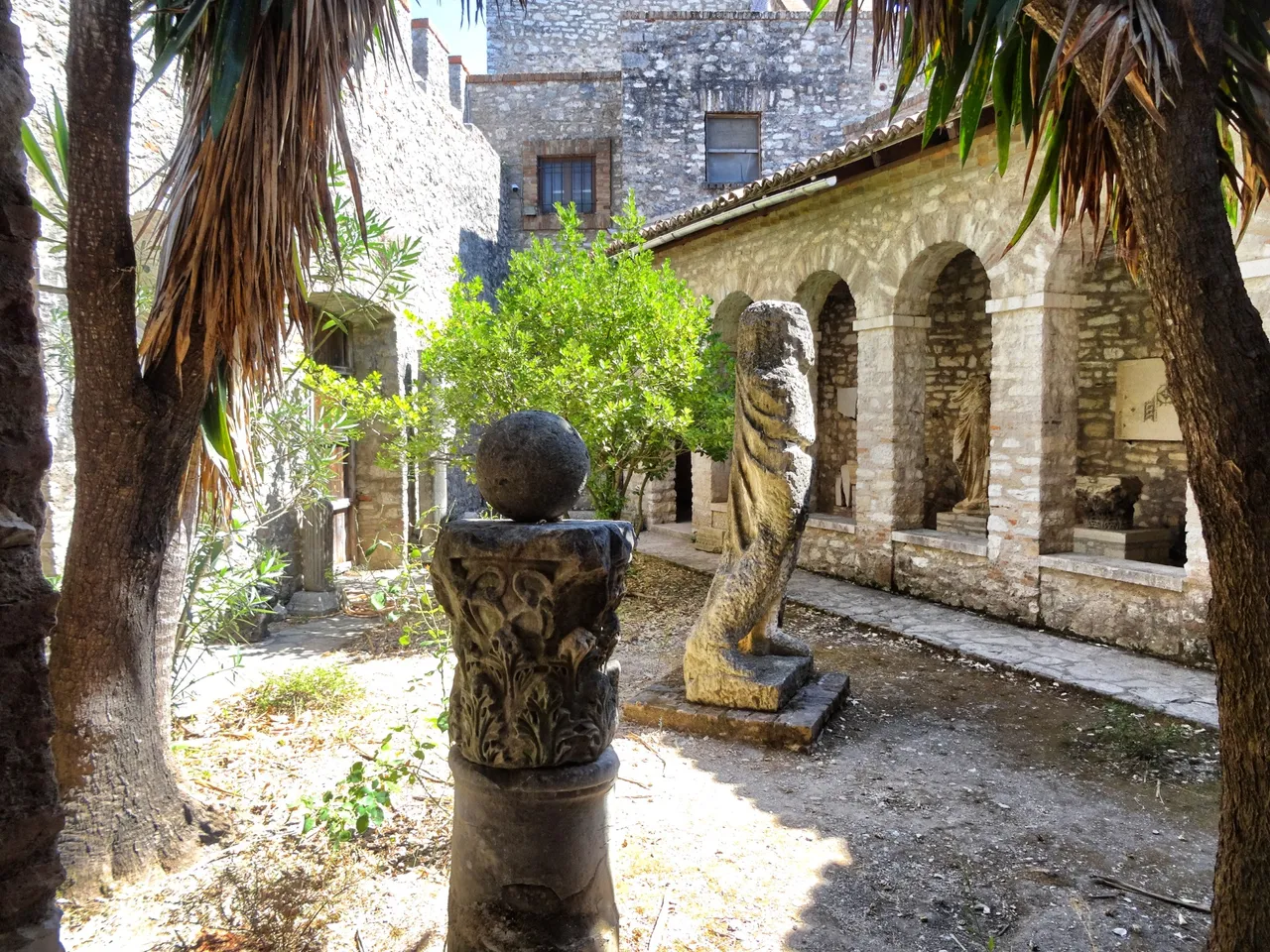 The backyard of the castle
The backyard of the castle
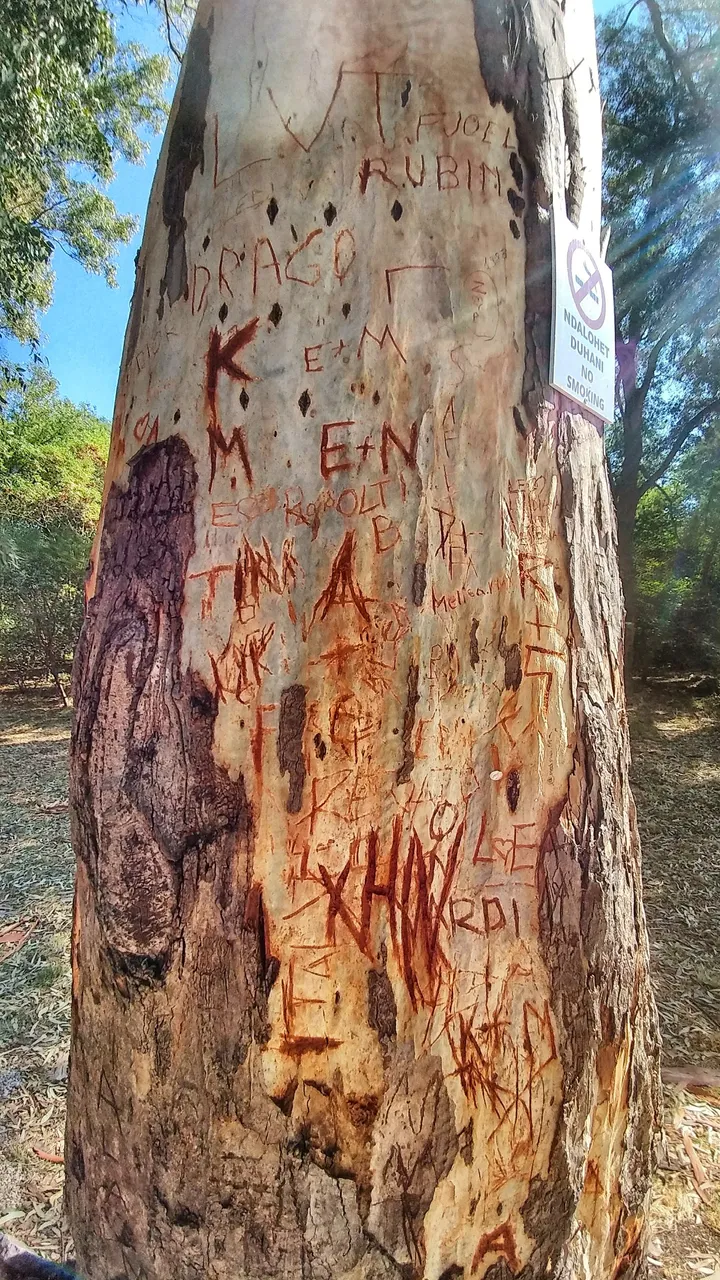 A column with modern scratches from tourists
A column with modern scratches from tourists
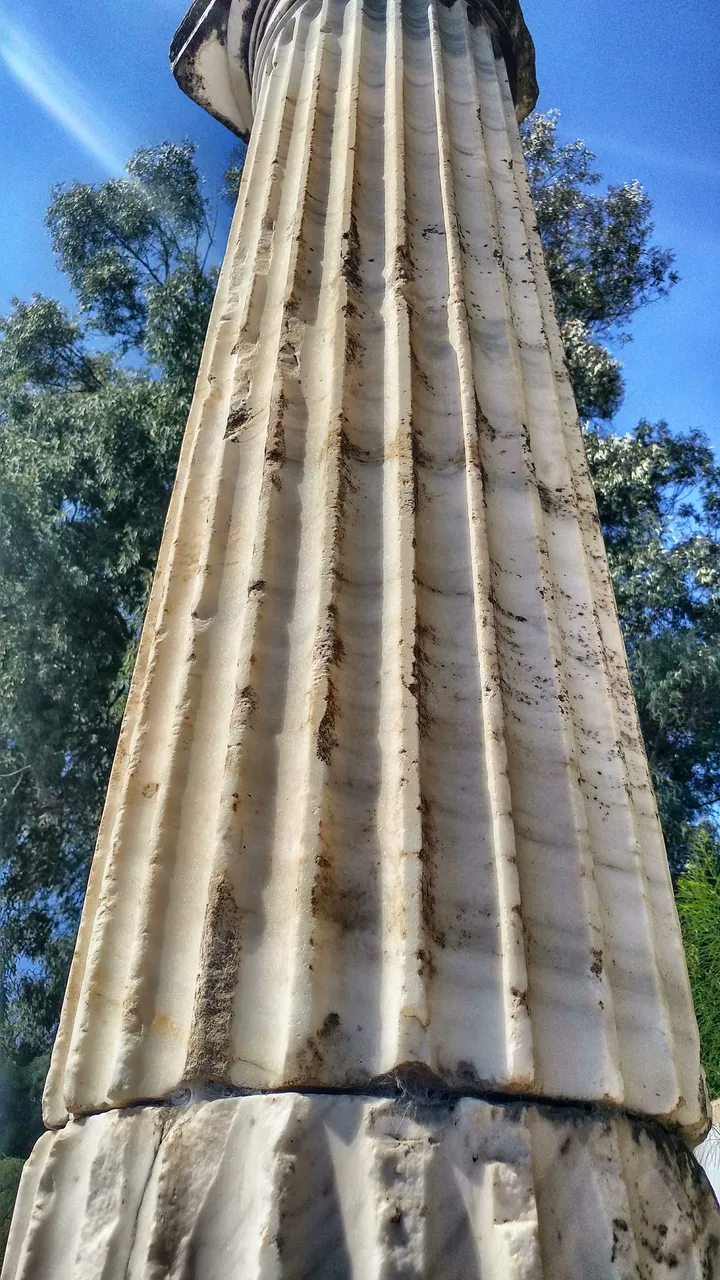 Ancient columns made of marble
Ancient columns made of marble
 The view around the area
The view around the area
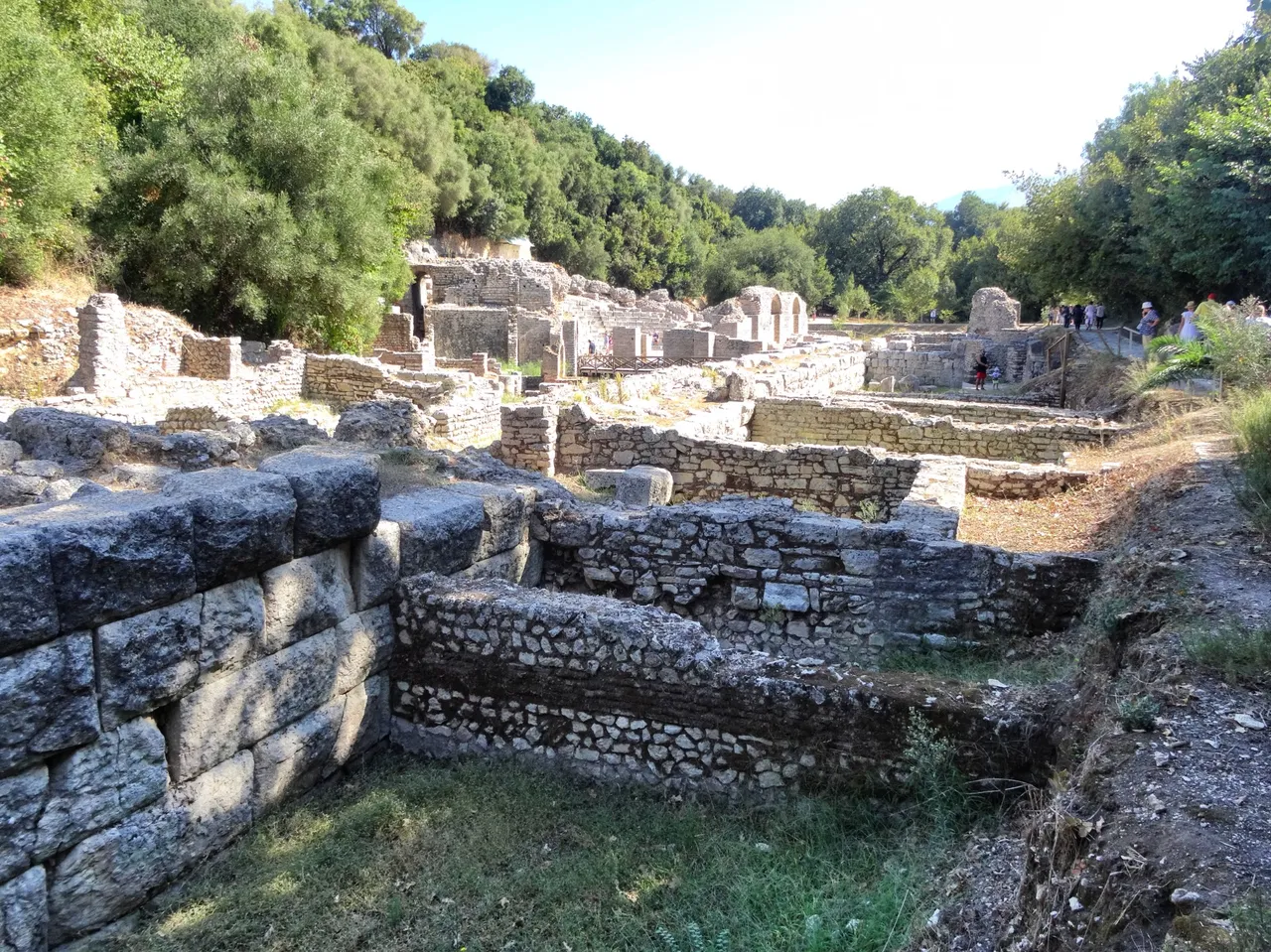 The foundations of ancient settlements
The foundations of ancient settlements
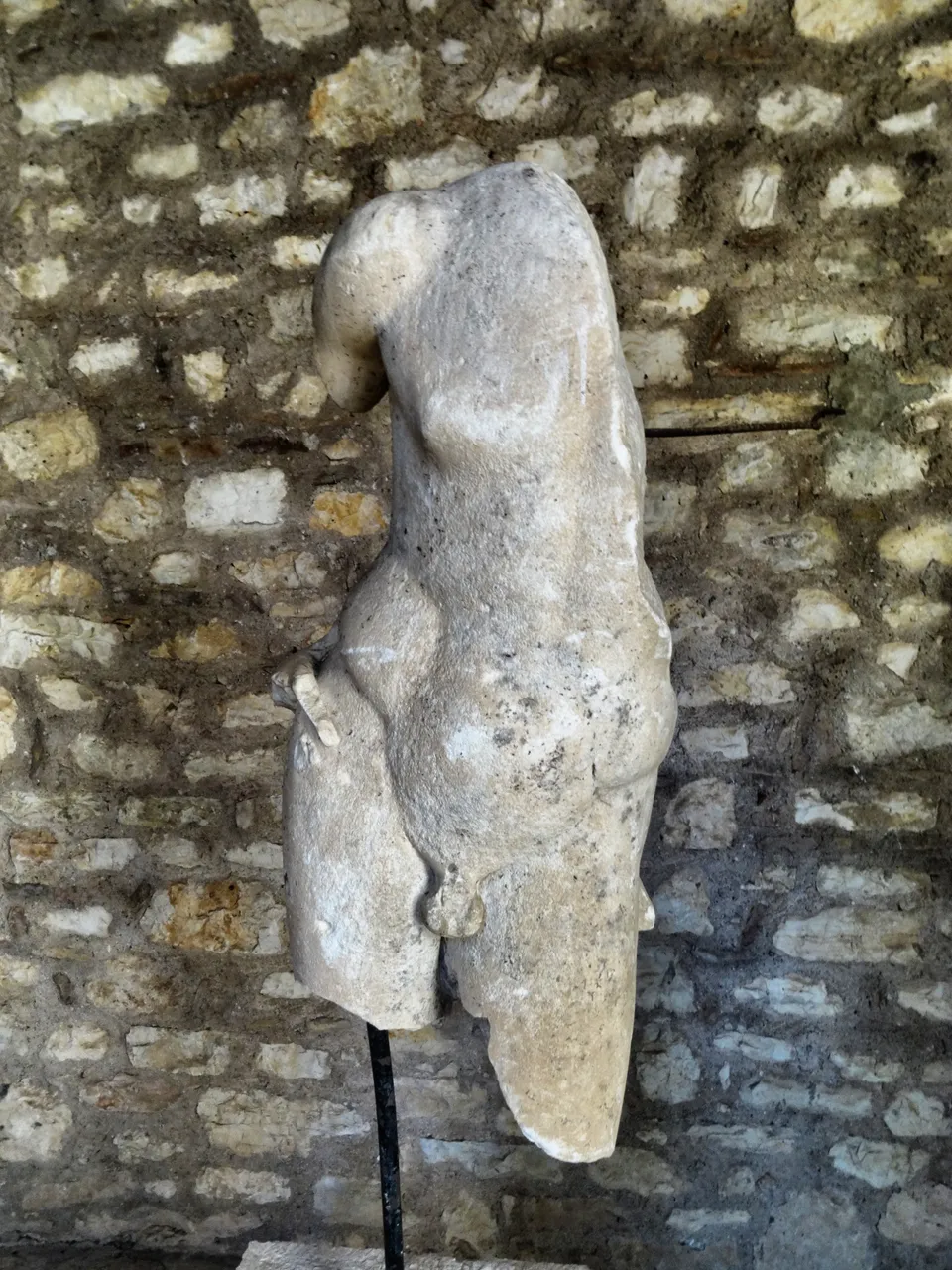 A torso at the museum
A torso at the museum